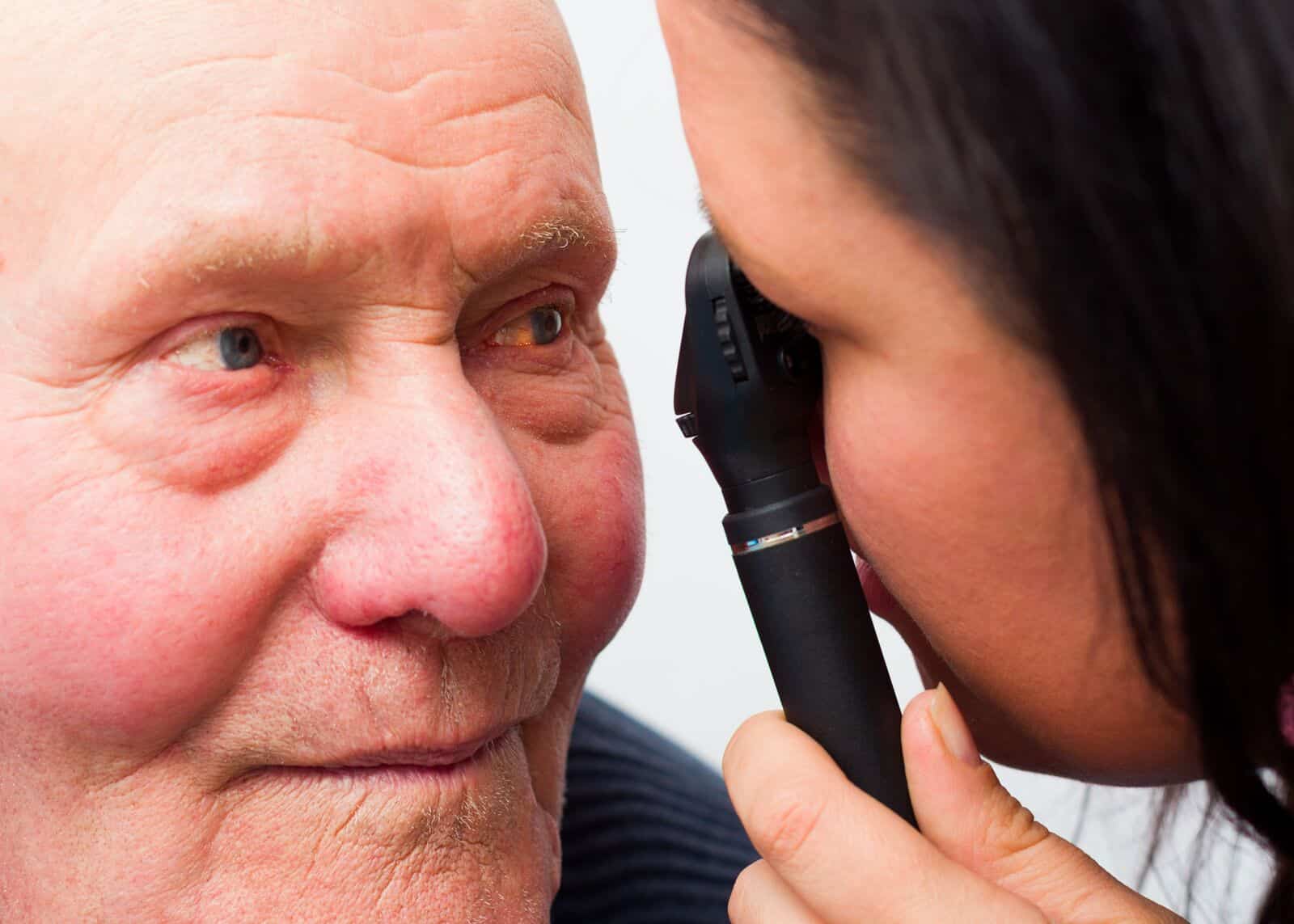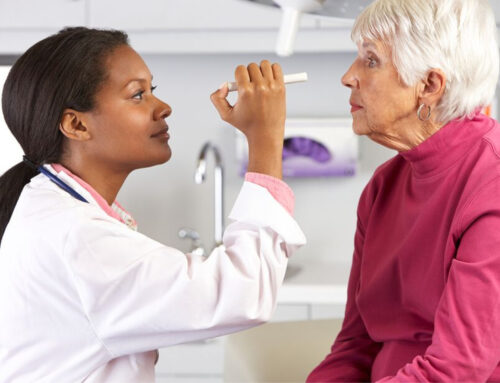“To see or not to see,” might be a common concern among elders, but low vision is not necessarily a normal thing that just comes along with aging.
In fact, The National Eye Health Education Program (NEHEP) states that some vision changes such as; difficulty seeing objects up close, declining sensitivity, having trouble distinguishing colors and needing more light to see clearly, can be considered normal with the aging of the eye but can easily be corrected with a prescription for glasses or improved lighting. What is not normal, according to the NEHEP, is vision loss or blindness among elders.
Many problems with poor eyesight are due to certain eye diseases and conditions, which if detected early and with timely treatment and appropriate follow-up care can reduce the risk of vision loss.
Look at some of the common eye diseases and conditions:
- Age-related macular degeneration (AMD) is one of the leading causes of vision loss and blindness, according to the NEHEP. It slowly destroys the macula, which is the part of the eye that provides clear and central vision.
- Cataracts cloud the lens in the eye causing vision loss. Cataracts are very common in older people and surgery is the only effective treatment.
- Diabetic retinopathy (DR) can be a side effect of diabetes. It damages the blood vessels in the retina, which is the light-sensitive tissue at the back of the eye.
- Glaucoma causes fluid and pressure to build up in the eye and damages the optic nerve. Usually, peripheral vision is affected first, but it can lead to a total loss of vision if left untreated.
- Dry eye happens when the eye does not produce tears correctly or when tears evaporate too quickly leading to pain, ulcers, scars on the cornea and some loss of vision if left untreated. Artificial tears or prescription eye drops, gels, ointments, and tear duct plugs can treat dry eyes.
- Low vision is a visual impairment that cannot be corrected by prescription eyewear, including glasses and contact lenses, or by medication or surgery. Many eye diseases and conditions can lead to low vision.
Ways to prevent vision loss
- Eat a balanced diet and maintain a healthy weight. Try to consume foods that include vitamin A and omega-3 fatty acid. Some foods rich in these nutrients are pumpkin, squash, carrots, some fruits such as cantaloupe and mangoes as well as leafy greens including spinach. Fish, such as salmon, are good sources for omega-3 fatty acids.
- Do not smoke.
- Keep diabetes under control.
- Wear protective eyewear such as sunglasses and a brimmed hat while outdoors.
- Schedule and follow through with regular eye exams.
- Educate yourself on family eye history and discuss it as well as other questions or concerns about vision with an eye care professional.
Encourage your elder loved one to take steps in protecting their eyesight. Even if they haven’t noticed any problems with their vision, it’s still important to take precautions and have regular eye examinations. Also, reminding them that although many age-related eye diseases don’t have any early symptoms, they can be detected and treated early before noticeable vision loss occurs. An elder care agency has caregivers to help keep an eye on things with your senior.
If you or an aging loved-one are considering Home Care Services in East Pittsburgh, PA, talk to the caring staff at Superior Home Care today. Call us at 412.754.2600
Sources:
Nei.nih.gov
Aafp.org




